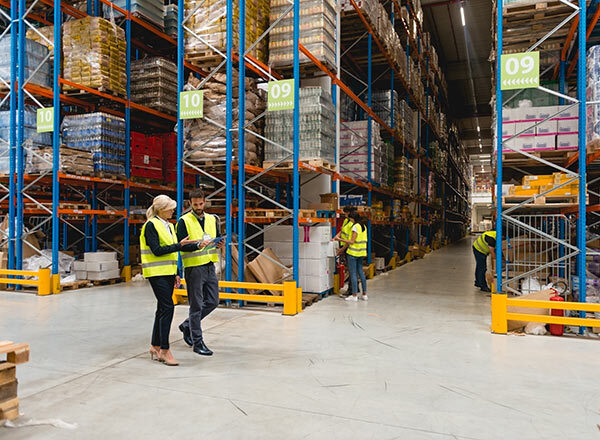Step 1: Keep on-hand inventory to a minimum
While running out of stock is not good for business, it doesn’t mean you should keep inventory levels so high that you’re paying in excess to store items that will eventually decay or go out of favor. When stock begins to collect dust, it’s a double whammy for wholesalers because the value of goods depreciates over time (also called dead stock), and you’re paying for storage and warehouse management.
To help maintain proper inventory levels, ensure that your inventory management system is best-in-class. In simplest terms, these solutions should be able to forecast how much stock you need in any given time period based on historical sales.
“The longer products sit in a distribution center, the bigger the impact on cash flow,” said Fileccia.
Of course, in times of mass disruption and skewed buyer behavior (as we saw during the pandemic), data is not enough. The pandemic not only caused major breakdowns in supply chains, but also drastically impacted demand based on consumer perspectives (rational or not). Take paper products as a good example. Consumer panic over the availability of toilet paper cleared shelves and spiked demand—a factor no inventory management system could have predicted despite AI sophistication.
Fileccia explained: “Someone has to take the time to interpret the data and look at all the factors to determine what is going on. Human interaction is necessary because business intelligence alone is not enough.”













